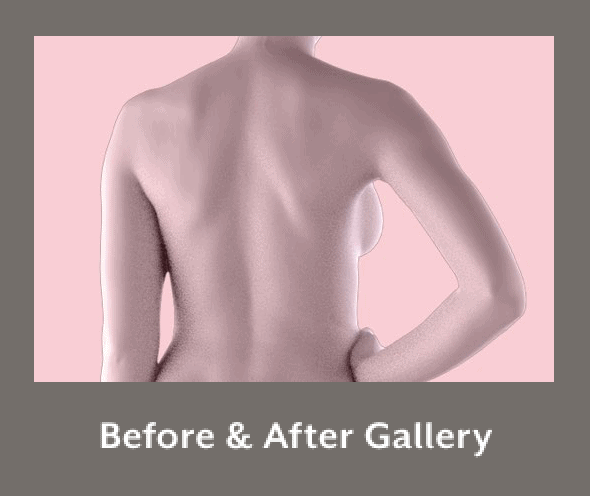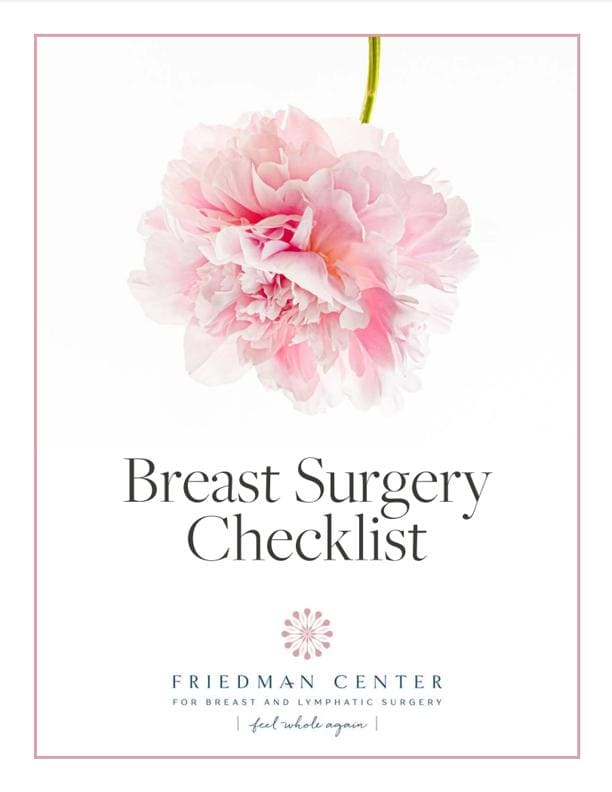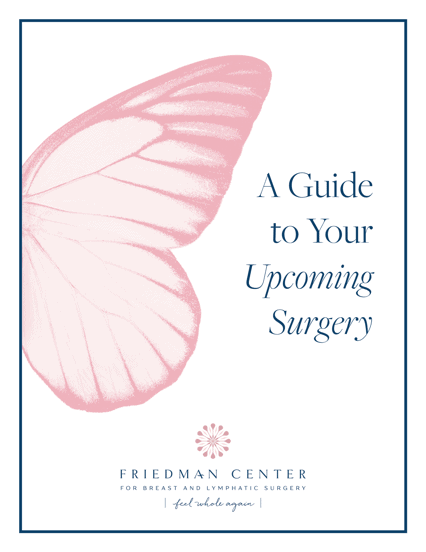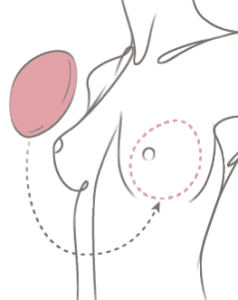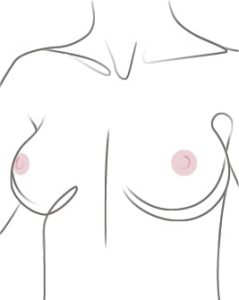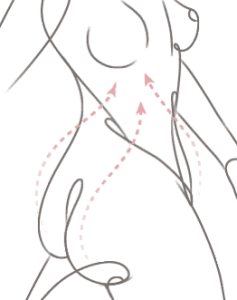Revisions & Enhancements » Lifts, Reductions & Augmentation
Lifts, Reductions & Augmentation
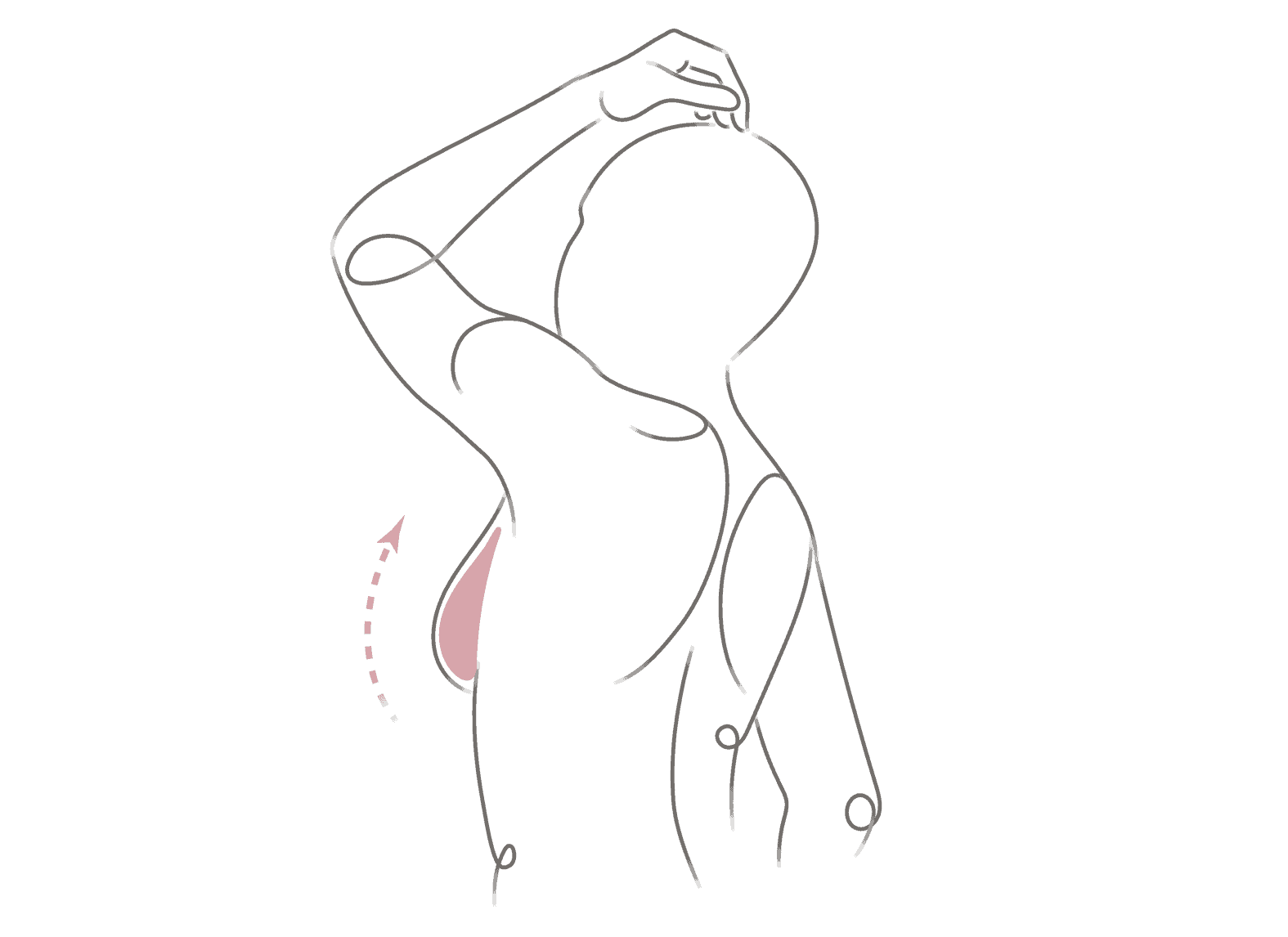
On this page

On this page
Some women may consider breast lift, reduction, or augmentation procedures as a planned step in their breast reconstruction process.
If only one of your breasts was reconstructed, your plastic surgeon may recommend a surgical procedure to match the natural breast to the reconstructed breast. If your breasts were asymmetric prior to reconstruction, additional procedures may help to improve the symmetry between reconstructed breasts. These procedures can enhance your figure and provide you with natural-looking, youthful and proportionate breasts.
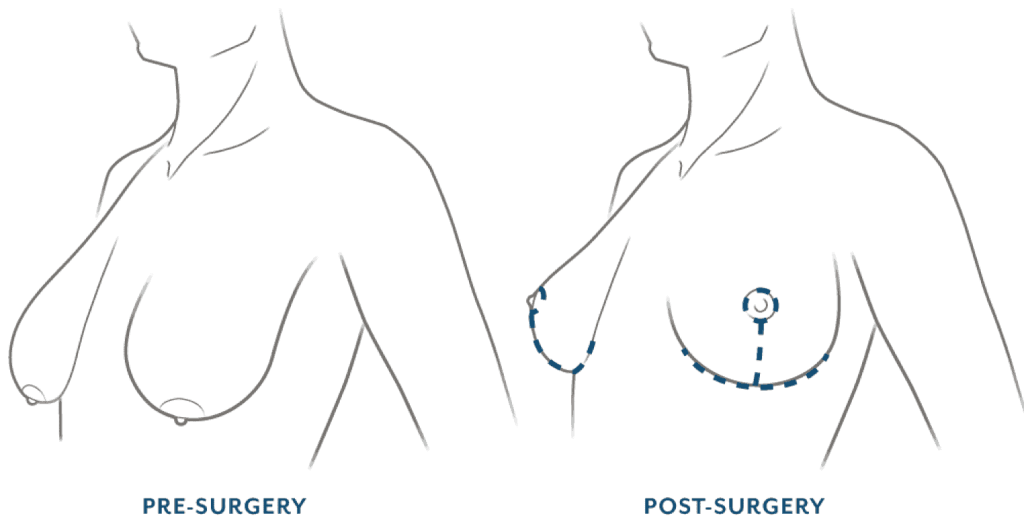
Breast Lift (Mastopexy)
As part of the natural aging process, breasts can lose their volume and sag (known as “ptosis”). Ptosis is also common after weight gain or loss, or after pregnancy and breastfeeding. A breast lift, also known as a mastopexy, raises the breast and nipple to a more flattering position. The extent of the incisions depends on the amount of sagging. The most common incisions are located around the areola; vertically from the areola to the crease under the breast; and along the crease under the breast.
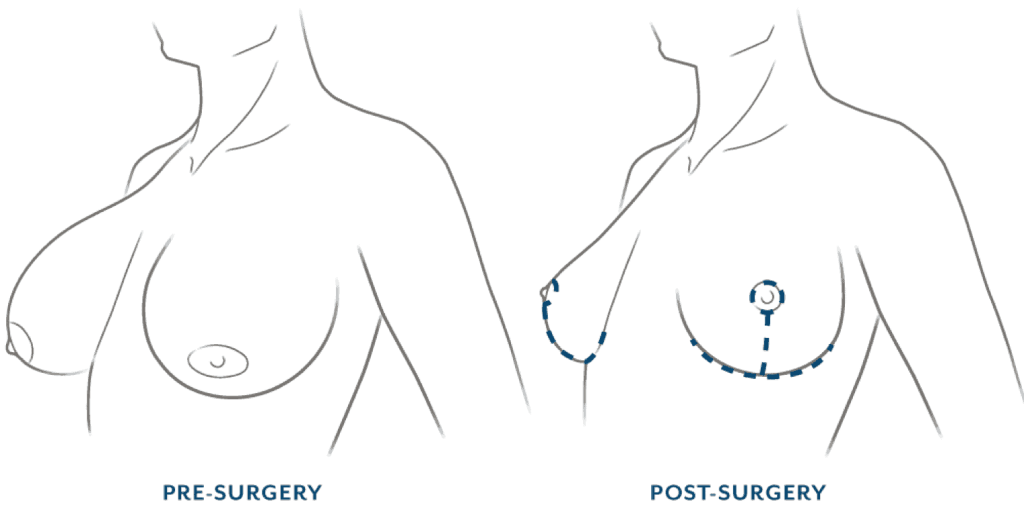
Breast Reduction (Reduction Mammoplasty)
Breast reduction surgery, also known as reduction mammoplasty, is performed to reduce the size of overly large breasts by removing excess fat, tissue, and skin from the breasts. This procedure helps reduce the discomfort that some patients with large breasts experience.
Reduction mammoplasty uses similar incisions to those used in a breast lift to reduce excess skin and reposition the nipple and areola. In a breast reduction, excess tissue is also removed to decrease the volume of the breasts. Often a drain is left for a few days to minimize swelling and reduce healing time.

Breast Augmentation
Breast augmentation may be helpful to increase the volume of a natural tissue (flap) reconstruction or to improve symmetry between breasts. Flap procedures are usually more successful at matching the opposite breast because the surgeon can better control the reconstructed breast’s shape. Matching the opposite breast using only an implant for reconstruction is more difficult, as there a limited number of implant shapes and sizes available.
After unilateral implant reconstruction, you may want an augmentation on the opposite, non-reconstructed breast. The augmentation can give you a perkier and fuller breast to match the reconstructed breast as well as improve overall balance between the breasts. Your surgeon may also recommend a breast lift at the time of your augmentation to relocate the nipple and areola in the ideal position over the implant.
If an implant is used, your surgeon will decide whether to place the implant above or below the chest muscle depending on your anatomy and the goals of the surgery.
The most common incisions for implant placement are under the breast or around the areola.
Your Recovery
Recovery Time
The usual hospital stay for a breast lift, reduction, or augmentation is 1-3 days. For a breast lift or augmentation, you’ll be able to resume activities in 4-6 weeks. A breast reduction may require 6-8 weeks for full recovery.
Expect to Feel
Expect soreness, swelling, and bruising at all surgery sites. It may take a few months for the swelling to go down completely and up to a year for the breast to feel normal again. Numbness in the breast is usually short-term, but loss of feeling in the nipple and areola may be permanent.
Scarring
If you have a breast lift, reduction, or augmentation at the same time as a mastectomy and breast reconstruction, you may not have additional scarring. Your surgeon will make the scars as small as possible.
Scars typically fade over 12-18 months.
Timing
Breast lift, reduction, and augmentation are often performed at the same time as the mastectomy and immediate breast reconstruction. Your surgeon may also recommend that these procedures be performed in a delayed or staged approach depending on your anatomy and type of breast reconstruction.
In general, you want to wait to adjust the opposite breast until the mastectomy and reconstruction swelling has gone down and the reconstructed breast has settled into place.
Things to Consider
- If implants are used for augmentation, they will need to be replaced at some point.
- It can take several months, and even up to a year, for the breast to feel normal again.
- Relocation of the nipple and areola can affect blood supply to the region. There is a small risk of tissue loss if there is not enough blood supply to the area.
- Temporary or permanent loss of nipple sensation and the ability to breastfeed can occur after these procedures.
Insurance Coverage
Breast lifts, reductions, and augmentations are considered cosmetic surgeries and are only covered by insurance when they are a planned part of breast reconstruction. According to the Women’s Health and Cancer Rights Act of 1998 (WHCRA), all phases of breast reconstruction are covered by insurance. This coverage includes revision breast reconstruction, even if it is years after your original reconstruction surgery. Speak with your surgeon regarding your ultimate goals. Proper planning for these procedures is important for obtaining insurance coverage.
Additional Choices and Alternatives
Your surgeon may recommend one or more revision and enhancement procedures to give you the best possible results for your breast reconstruction. Your personal preferences play an important role in decision-making about the final aesthetic outcome.


























